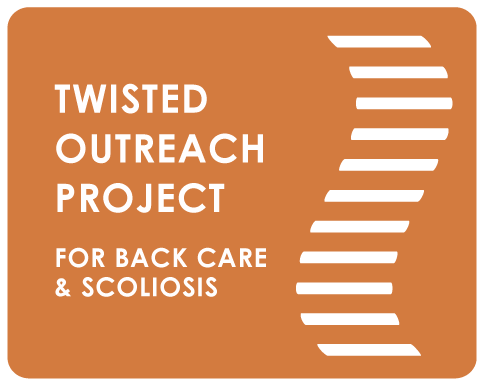Are you a teen with scoliosis who has questions? Want to see some of our videos?
If you are the parent of a teen with scoliosis, check out our Parent's Corner.
Good news… You’ve come to the right place!
To check out some of our TOPS teens and other short interesting videos you’ll want to see, click here.
We understand that a scoliosis diagnosis is often a big surprise. As you have no doubt learned, your teen's scoliosis curve can appear quite suddenly... click here.
Teens, whatever stage of the journey you are in, whether you’ve just learned of your scoliosis or have been practicing back care for some time, you are not alone. We’ve been where you are, and we’re here to help you as well as provide a platform through which you can help others, too. A few things you might want to check out while you’re here:
LEARN ABOUT TREATMENTS
Knowledge is power. We’ll break down the conventional surgical treatments for you
as well as offer insights on alternative treatments so that you can make the decisions that are right for you.
SHARE YOUR STORY
Hearing about someone else’s trials and triumphs can be a great motivator and, believe it or not, your story can be an inspiration to others.
CONNECT WITH PROFESSIONALS
Our teachers and associates specialize in back care across a wide range of disciplines and, as much as possible, encourage the adoption of non-surgical, exercise-based options.







